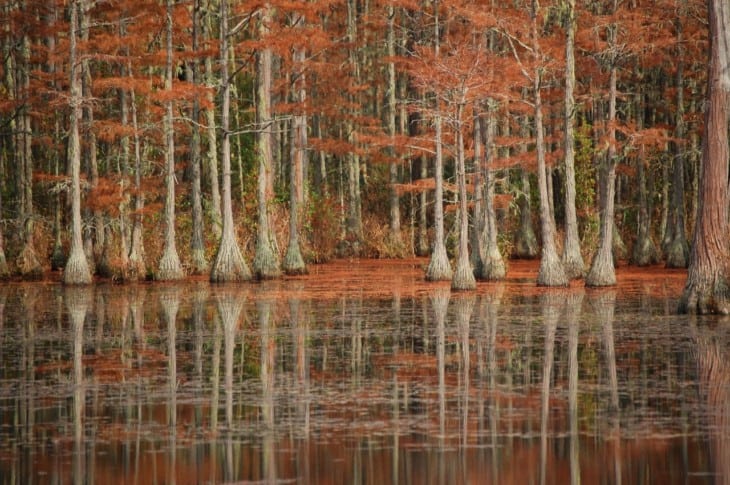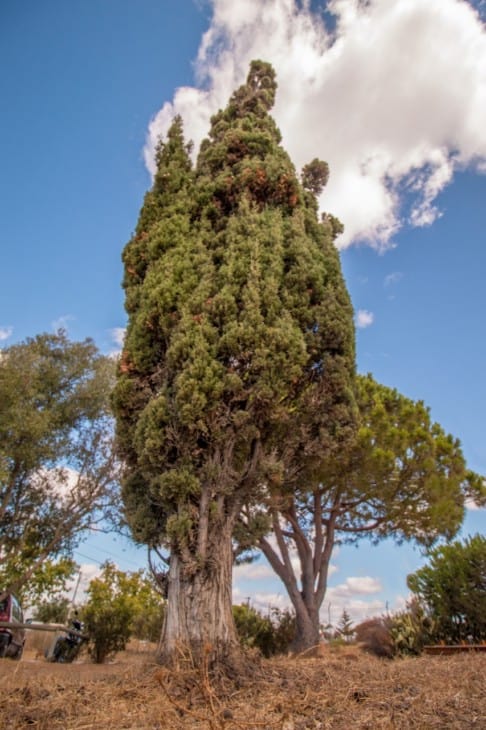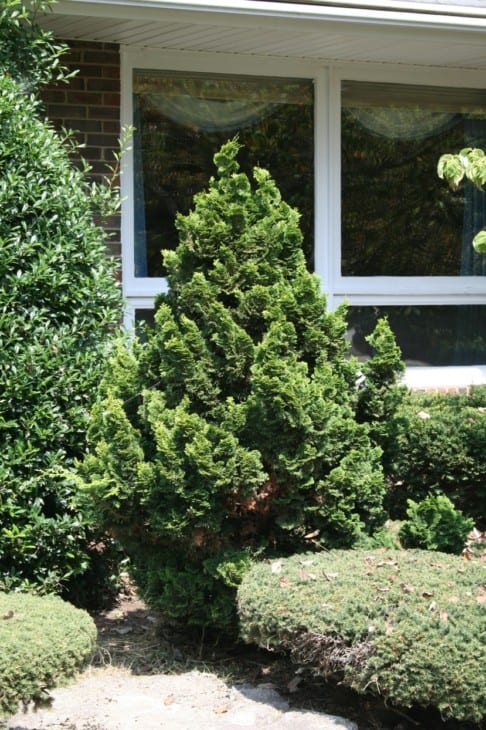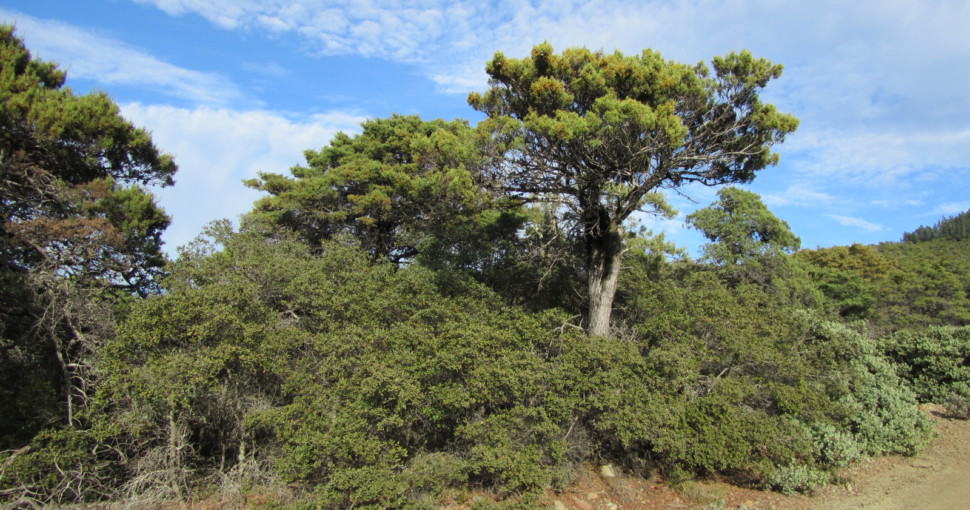Having been around for many centuries, Cypress trees have undoubtedly made their mark on the world. The beauty, size, and several uses have set the Cypress Tree as highly popular both in construction and medicinally.
Contents
Cypress trees are uniquely both coniferous and deciduous and form part of the Cupressaceae family of trees. Cypress trees are very popular and are widely known for their several benefits, including many medicinal uses and their versatility in construction material.
Are you looking at planting and growing Cypress trees in your garden or on your farm? Are you looking for great quality wood for a building or construction project? Or are you maybe exploring organic medical treatments? Find out here if the Cypress tree is for you!
Here are five benefits of the magnificent Cypress tree:
1. Grows In Almost Any Soil

Cypress trees typically thrive in and around bodies of water, such as swamps, rivers, streams, and even lakeshores. Cypress trees also thrive in and around quiet waters, such as those found in ponds.
However, Cypress trees may be planted and grow in practically any soil, and they perform equally well near and far from water.
Due to their typical growing environments, many at-home gardeners overlook Cypress trees as options for the gardens. However, contrary to popular belief, Cypress trees are even able to survive the occasional drought.
2. Resistant To Water Rot

Because Cypress trees typically grow in or around large bodies of water, they contain properties and natural defenses against water rot. This is, in fact, one of the many reasons that make the wood from Cypress trees popular as construction material.
3. Repels Termites

Another excellent benefit of Cypress trees is that they are resistant to termites.
This is crucial information for carpenters as well as homeowners. Carpenters respect Cypress not only for its beauty but also for the length of its boards, which they use for furniture, siding, and building trim.
Cypress trees have two characteristics that make them termite resistant. Firstly, termites have a hard time chewing through the wood to make homes for themselves and their offspring because it is dense.
Secondly, termites dislike the smell and taste of cypress trees. This is confirmed by the fact that Cypress concentrate repels termites completely.
Cypressene is the active ingredient in Cypress trees that effectively repels termites. Because of its natural insect-repelling characteristics, cypress wood is not chemically treated like the majority of other woods used for construction.
Even using the wood from Cypress as a mulch works well to repel termites, with Cypress heartwood specifically regarded as termite resistant.
4. Several Medicinal Uses

With the popularity of essential oils on the rise for their wide range of organic medicinal benefits, Cypress trees have been used for several years for their known medicinal benefits, specifically in the form of an oil. However, the branch and cone of the tree are used medicinally as well.
The oil’s antiseptic, anti-bacterial, stimulant, vasoconstricting, and anti-rheumatic qualities are part of what makes Cypress tree oil so popular and well-known.
It is also frequently used as a cosmetic element in perfumery and soap-making, in addition to its medicinal purposes.
Cypress oil is a natural antimicrobial agent that can be used to treat bacterial infections. Because of its antibacterial properties, it can be used on both interior and external wounds.
Cypress oil aids in the elimination of toxins and functions as a natural detoxifier. As a diuretic, it aids in the removal of excess water and salt from the body, which can lead to fluid retention.
It also stimulates perspiration, which helps the body rid itself of pollutants. It detoxifies the blood, cleanses the pores of the skin, and aids in preventing acne and other skin issues. Sores, pimples, boils, skin eruptions, bruising, and erysipelas are all treated with it.
Coughs and colds are treated with Cypress by mouth. Cypress oil has also been used to treat Benign Prostatic Hyperplasia, a type of prostate cancer. Head colds, coughs, and bronchitis, as well as hemorrhoids and varicose veins, are treated with cypress ointment.
Interestingly enough, Cypress oil has even been employed as a natural source for maintaining or extending the shelf life of items.
5. Great Construction Material
Wood from Cypress trees is prevalent in the construction industry due to its overall quality and vast benefits.
Cypress wood is long-lasting, sturdy, and resistant to water and decay, making it ideal for building and heavy construction. Doors, siding, bridges, piers, boats, seats in stadiums, posts, cooperage, and railroad ties are among the other applications where its qualities make it a viable choice.
Trim, doors, flooring, and architectural woodwork are some examples of Cypress wood used for interior usage. Cypress can be used as a turnery wood as well. Typically, the most common request for Cypress is for lumber. However, cypress plywood and veneers are also popular.
Some more Interesting Cypress Tree Facts
Cypress trees are interestingly both coniferous and deciduous. Coniferous trees have cones as a seed, like a Pine tree, as an example, and they are evergreen, meaning that they do not lose their leaves at any point in the year.
Cypress trees, however, are also deciduous trees. Although their seeds are in the form of cones and they also have needle leaves, Cypress trees are, in fact, not evergreen, so their needle-like leaves will turn brownish during fall months, and the tree will ultimately be dormant during this time.

Cypress trees are one of the few trees that grow what is referred to as “knees.” These are strange-looking parts of the tree that grow around the tree and can span several feet. The growing of these knees most commonly occurs in swamp-like conditions, yet the reason behind this phenomenon is still to be discovered.
Cypress trees can grow between 50 and 80 feet tall, and their spread is around 20 to 30 feet. Cypress trees are able to live for hundreds of years and reach maximum heights of 150 feet tall with a diameter of up to 12 feet wide.
When grown in optimal conditions, Cypress trees can grow as fast as around four feet per year.
Cypress trees are native to countries or regions like Turkey, Greece, North America, Northern Africa, Syria, and Cypress. There are approximately 14 different variants of Cypress trees found around the world, three of which can be found in the United States.







